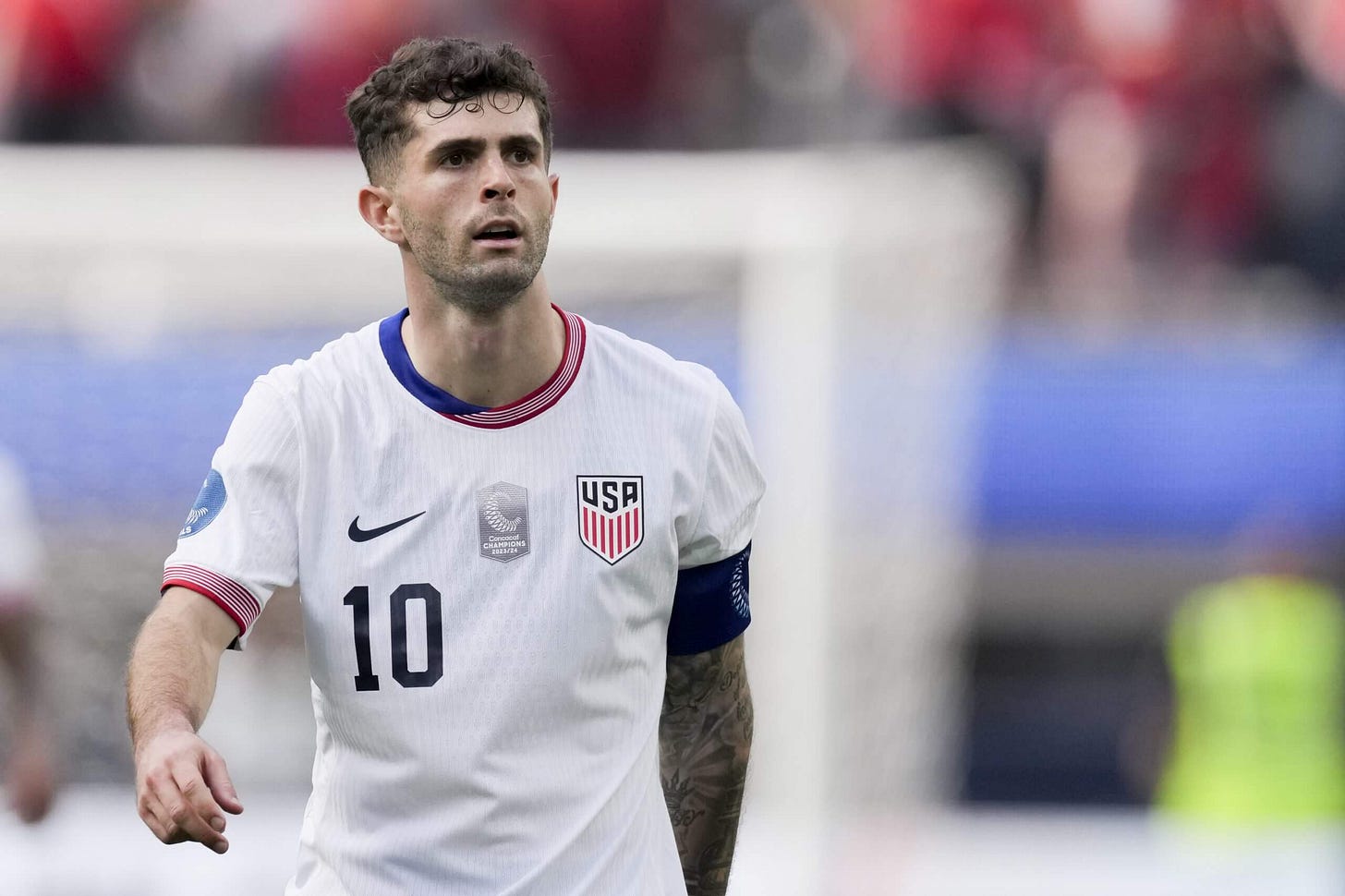How the USMNT can win the 2046 World Cup in four easy steps
It’s all about politics
Christian Pulisic was tired. He had run too much. So he chose not to represent his country.
The US men’s national team subsequently lost friendlies to Turkey 2-1 and to Switzerland, the score better left unreported. These were tune-up games for the ongoing Gold Cup, the premier international compe…




